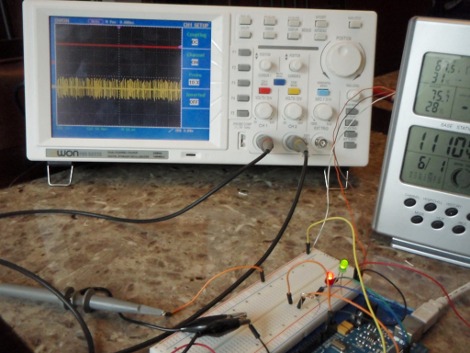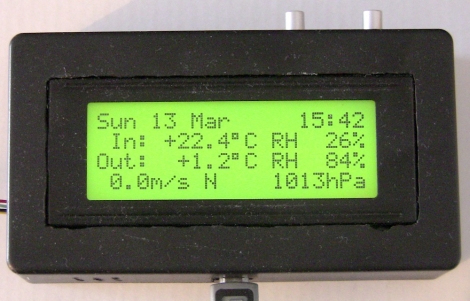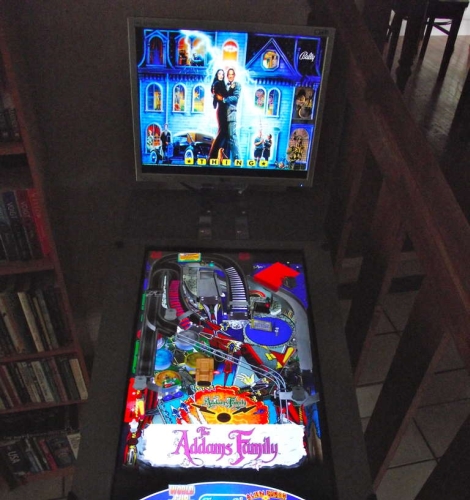
A while back, [Dino] built an automatic ball launcher for his dogs, but he wanted to revise it to make it smaller and a bit more user-friendly. While watching an episode of “Prototype This”, he came across a great idea to improve his launcher, so off to the workshop he went.
He repurposed a power window motor from a car, and mounted it to some wood-reinforced aluminum sheeting in his garage. He added a piece of aluminum tubing to serve as a spring-loaded launch arm, which is drawn back by a small lever attached to the window motor.
When a ball is dropped onto a switch at the bottom of the launcher, the window motor starts turning, which pulls the launch arm back into place. Once the arm reaches the tipping point, the spring snaps it forward, launching the ball across the yard. The lever attached to the window motor eventually makes its way back under the launch arm, and is stopped by a switch that is also attached to the motor.
After the prototype was finished, he added some more wood to protect the mechanism from his dogs and vice versa. A hopper was added to the top of the structure to allow the dogs to load the launcher themselves, after a bit of training.
Now, some of you might wonder what is wrong with [Dino’s] arm. Truth be told, it works just fine. If you are a frequent Hack-a-Day visitor, you know that he spends plenty of time in the workshop, so this is an easy way to let the dogs entertain themselves until their owner is ready to play.
Check out the video embedded below for a demonstration of the launcher, as well as a detailed walkthrough of how the mechanism works.
Continue reading “Automatic Ball Launcher Is For The Dogs” →

















